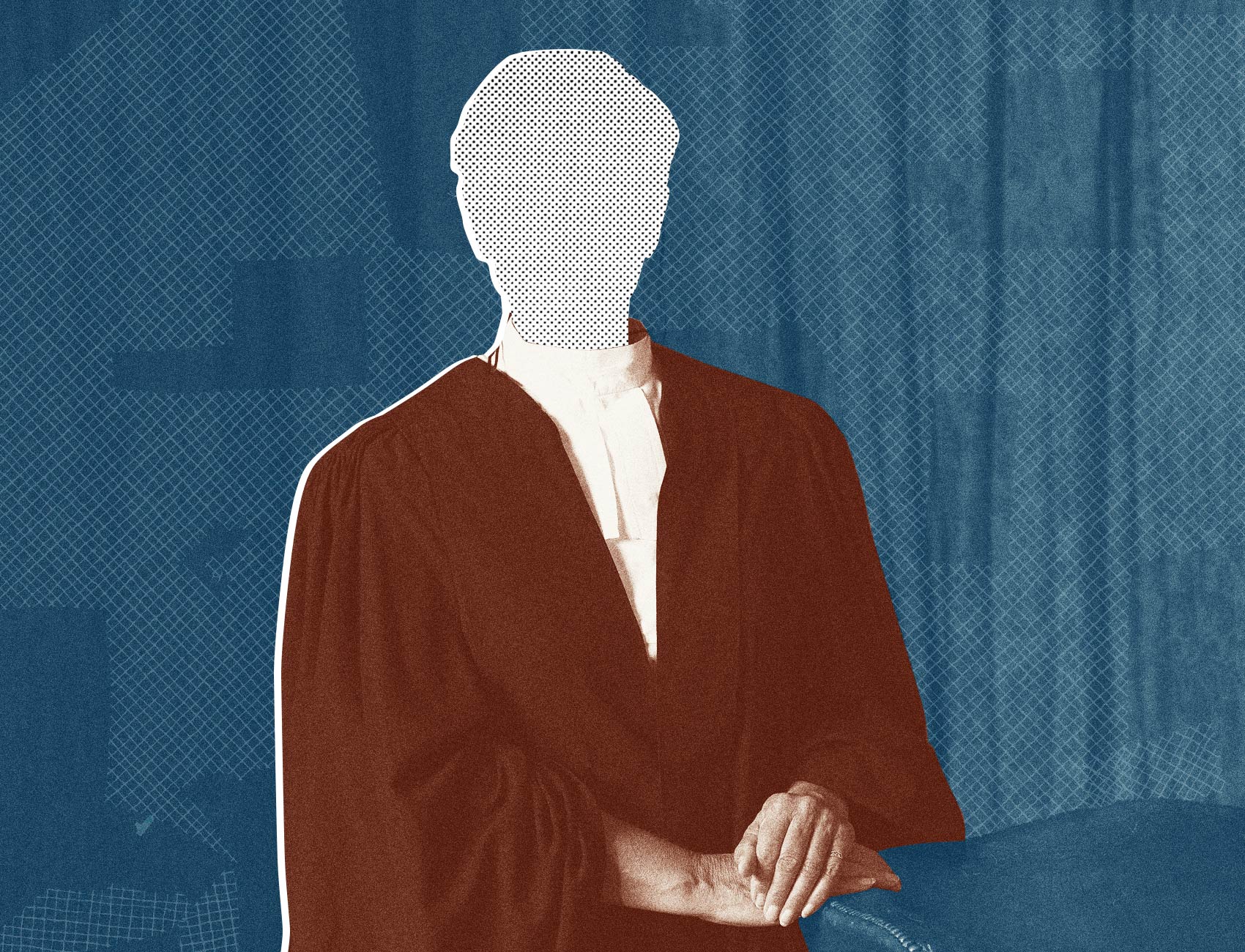Democrats Could Flip the Ohio and Michigan Supreme Courts
Shifting control of the states’ highest courts next month will prove critical on a number of major issues, including redistricting in 2021.

A handful of down-ballot races in Ohio and Michigan could determine each state’s partisan and political makeup for the next decade.
Democratic candidates in both states are vying to take over seats on their Supreme Courts in November to flip the ideological majority from conservative to liberal. Justices for the Ohio Supreme Court serve six-year terms and justices in Michigan serve for eight years.
“It’s true that judges are interpreting the law, but their assessment about the world in which we live, the underlying facts on the ground and different competing principles that animate or are relevant to our government often vary by ideology,” said Leah Litman, an assistant professor at the University of Michigan Law School and a host of the podcast “Strict Scrutiny,” a project of The Appeal.
In Ohio, Judge Jennifer Brunner, who serves on the 10th District Court of Appeals, is looking to unseat incumbent Judith French. John P. O’Donnell, a trial court judge in Cuyahoga County, which includes Cleveland, is challenging incumbent Sharon Kennedy.
The court is currently made up of five Republicans—including French and Kennedy—and two Democrats. (While candidates for supreme court justice can be affiliated with a political party, their names appear on the ballot without that affiliation.) If both Brunner and O’Donnell win, it would shift the balance of the court 4-3 in favor of the Democrats for “the first time in a generation,” Jessica Dickinson, outreach manager for the nonpartisan Ohio Fair Courts Alliance, told The Appeal.
And because the state will redraw its districts in 2021, Dickinson said control of the state Supreme Court will be pivotal to future political battles. Republicans have enjoyed a heavily gerrymandered congressional map in Ohio over the last decade. Even though President Barack Obama won the state in 2012, he only carried four of its 16 congressional districts.
Last year, federal courts separately ordered that Ohio and Michigan redraw their district lines because they had been illegally gerrymandered in favor of Republicans. “The bottom line is that the dominant party in state government manipulated district lines in an attempt to control electoral outcomes and thus direct the political ideology of the state’s congressional delegation,’’ a three-judge panel for the federal District Court for the Southern District of Ohio Western Division wrote in its opinion. In May 2019, however, the U.S. Supreme Court put the lower courts’ rulings on hold.
It’s unclear how much fairer the next decade’s map will be. In 2018, voters in the state overwhelmingly approved a new, bipartisan plan to draw congressional districts before the 2022 midterms. The new plan encourages bipartisan agreement to adopt a new congressional map, but if the two sides cannot agree, the Republican Party may still end up empowered to push through a plan to its liking.
But litigation could ensue over a map’s alleged unfairness, and candidates for the court are signaling that they may need to rule on redistricting challenges. Earlier this decade, the Supreme Courts of North Carolina and Pennsylvania flipped to Democratic majorities, and they subsequently struck down maps that Republicans had gerrymandered.
Now, Ohio’s redistricting issue has drawn national attention to the court race. Karl Rove, former senior adviser to President George W. Bush, recently sent out a letter in support of French saying she was needed on the court because “liberal interest groups from outside Ohio” were trying to take the seat so they could draw district lines in favor of Democrats. Rove himself is not from Ohio and lives and works in Texas.
A similar situation is playing out in Michigan where Republicans hold a 4-3 majority in the state Supreme Court.
Two of the seven seats are up for grabs in this election, one held by Chief Justice Bridget Mary McCormack, a Democratic nominee, and one held by Justice Stephen Markman, a Republican nominee. McCormack is seeking re-election, but state law prevents Markman, who is 71, from running; any judge over 70 cannot be elected or appointed. The Michigan Democratic Party has endorsed McCormack and attorney Elizabeth Welch for the available seats.
If McCormack retains her seat and a Democratic nominee wins Markman’s seat, the court’s majority would shift to Democrats, which could mean more rulings that could expand or preserve voting rights, reduce gerrymandering, and protect the powers the executive branch has in responding to emergencies, Litman said.
This month, for example, the state supreme court struck down efforts, 4-3, by Governor Gretchen Whitmer to extend her emergency powers and issue orders to mitigate the spread of COVID-19, including new waiting room procedures for healthcare facilities, requirements that doctors offices provide special hours for high-risk patients, and expanded telemedicine and telehealth procedures.
“We all understand how important the U.S. Supreme Court is,” said Litman, “and one reason why the importance of the U.S. Supreme Court is in some ways dangerous is because we don’t have a say in who the justices are.”
Supreme Courts in states like Michigan and Ohio, Litman said, are different. “You have the opportunity to select the justices who will be making the law for your state on incredibly important issues ranging from voting rights, democracy, criminal justice—it just runs the entire gamut. It’s really important to have a say who the people who are making laws in your state are.”
